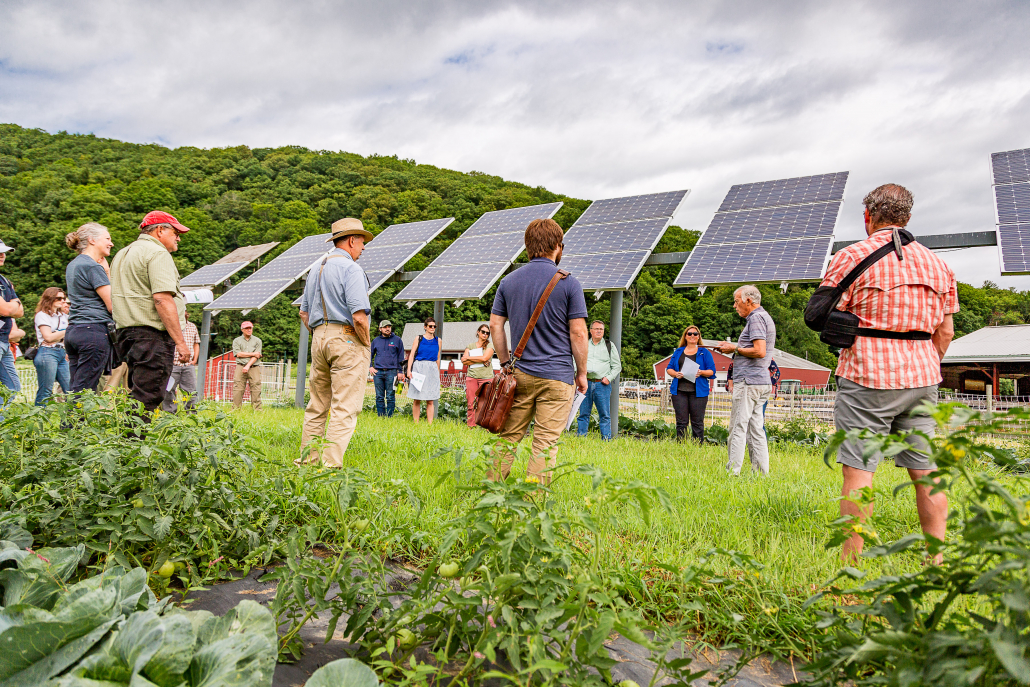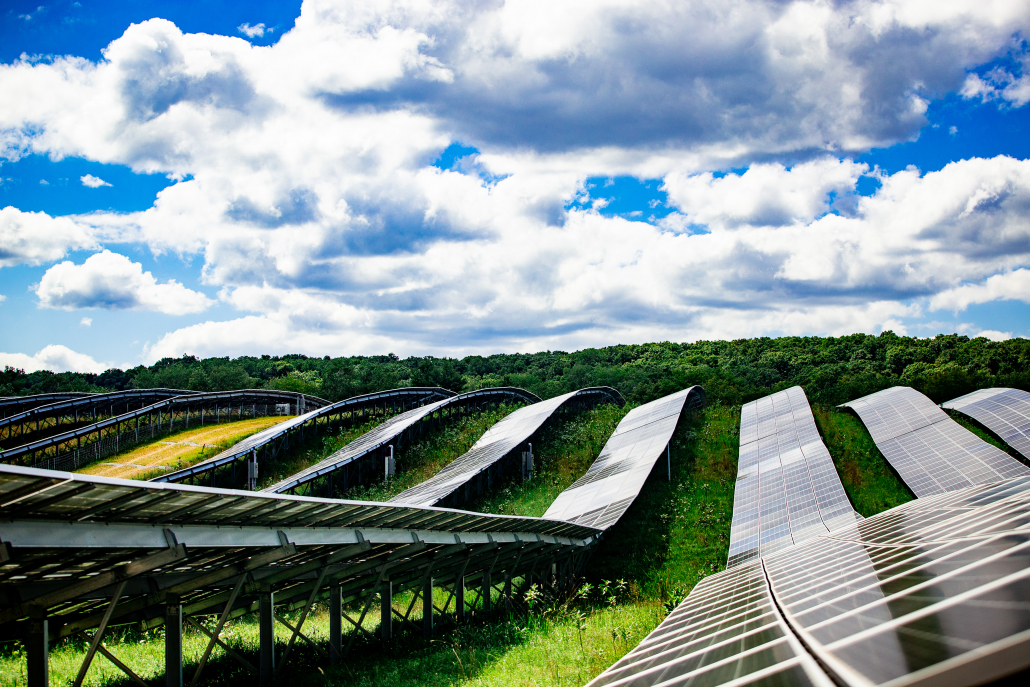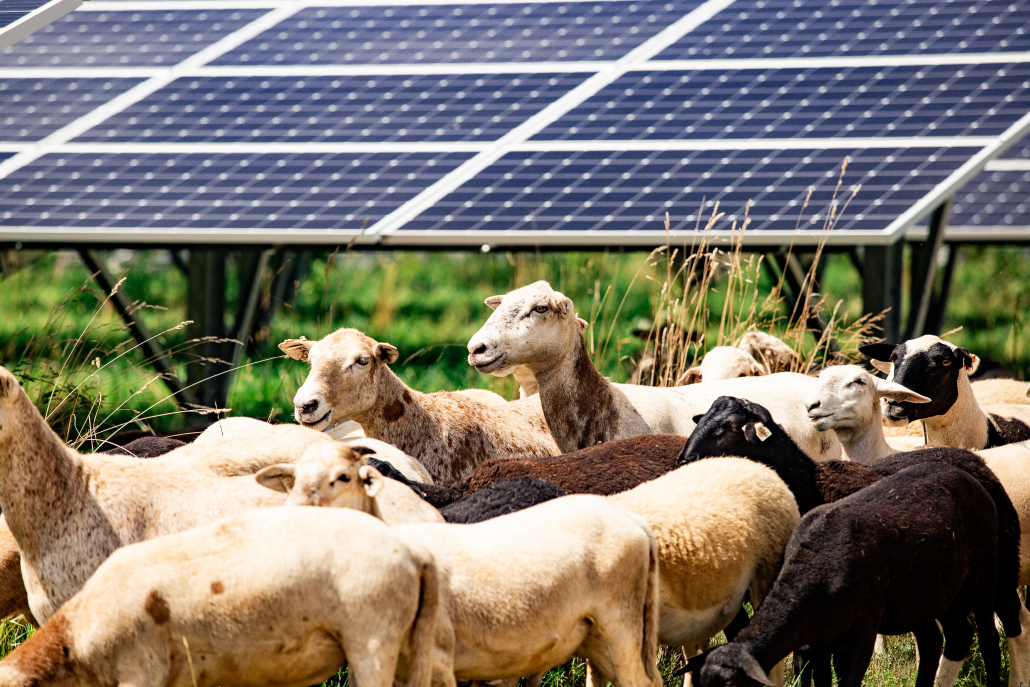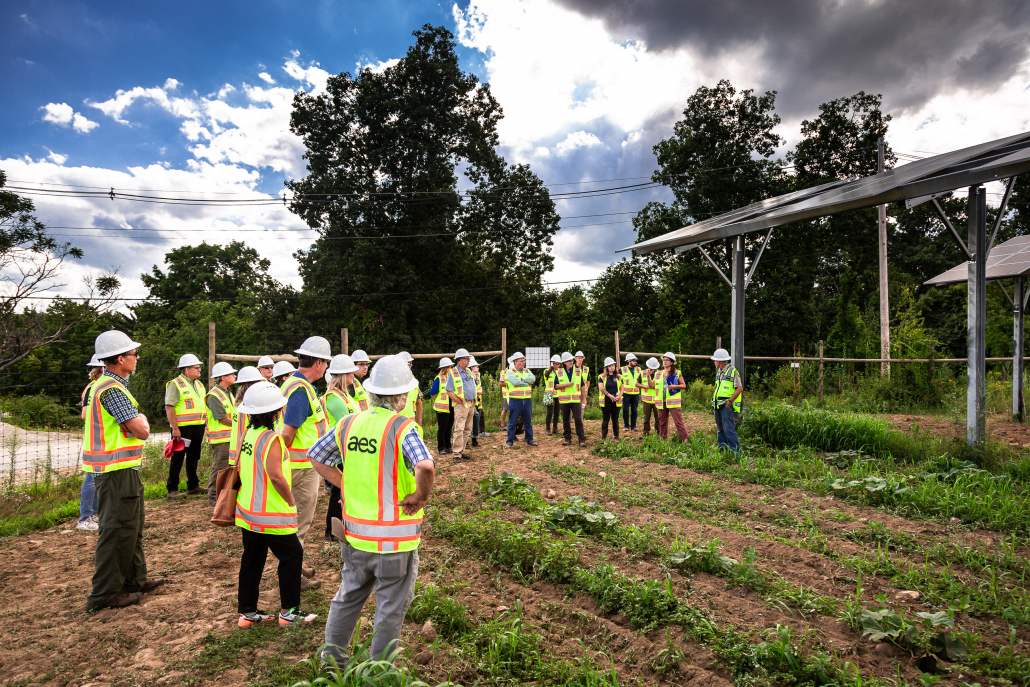The U.S. Department of Energy and the Solar Energy Technologies Office (SETO) have developed new resources to help Americans navigate changes in the solar Investment Tax Credit (ITC) that occurred after the passing of the Inflation Reduction Act (IRA) in 2022. The resources, intended for business owners, homeowners, and manufacturers, provide in-depth overviews of the ITC, Production Tax Credit (PTC), and Advanced Manufacturing Production Tax Credit (MPTC).
The resources explain the process of claiming tax credits, answer frequently asked questions, and explain the tax code through examples. Titles include Homeowner’s Guide to the Federal Tax Credit for Solar Photovoltaics, Federal Tax Credits for Businesses, Federal Solar Tax Credits for Manufacturers, Get Answers to the Future of Solar Energy Development, and More Questions about IRA’s Tax Incentives.
Homeowner’s Guide to the Federal Tax Credit for Solar Photovoltaics
This resource will help homeowners understand how the IRA can help them save money on solar energy. It explains that the federal residential solar energy tax credit can be claimed on federal income taxes for a percentage of the taxpayer’s cost to install a photovoltaic system.
The guide includes an explanation of the federal solar tax credit and answers questions about eligibility to claim the credit. A list of expenses that can be included in the tax credit is provided, along with descriptions of how other incentives might affect the tax credit, such as payments for renewable energy certificates, state tax credits, and state rebates.
Federal Tax Credits for Businesses
This resource provides an overview of the tax credits available for businesses, including for purchase of solar energy systems. It includes a summary of the ITC and the PTC values from 2006 to 2033. The chart includes base rates and full rates for both credits.
The guide also explains which credit is right for you, what expenses are eligible for the ITC, and labor requirements for projects, as well as providing details on bonus credits, including a low-income bonus. You’ll also find descriptions of how tax-exempt organizations can benefit from the federal tax credit for businesses. You can also learn what happens to unused tax credits, including tax equity financing details and carryback and carryforward rules.
Federal Solar Tax Credits for Manufacturers
This resource explains the Advanced Manufacturing Production Tax Credit (45X MPTC) and the Advanced Energy Project Investment Tax Credit (48C ITC) and helps manufacturers decide which tax credit is best for them, as they cannot claim both.
The guide summarizes eligibility guidelines for advanced manufacturing production tax credits, including PV module and subcomponents, PV inverters, PV tracking systems, batteries, and critical minerals. It includes a useful chart that shows when tax credits phase out and the tax credit for eligible U.S.-produced components in various years.
You’ll also find information of 48 ITC, including availability of credits, criteria for application, and details about the direct-pay option and transfer of credit for manufacturers.
This webinar discusses the broader implications of SETO’s Solar Futures Study analysis. It answers questions such as: Are there any incentives for nonprofit organizations to install clean energy devices—solar or heat pumps? Is there a sense of what the application process for the ITC for nontaxable entities will look like, and timing for when we might know? Do school districts qualify for the 30% ITC, and can non-tax entities pass the savings along to the installer or designer like E-Pact?
With these resources available, Americans can now confidently navigate the changes in the ITC resulting from the IRA. Homeowners, businesses, and manufacturers will benefit from the examples and explanations provided in these resources surrounding solar tax credits and incentives.




